Visual Spatial Attention: Functions, Influences and Performance
Many events in our daily lives require that we allocate attentional resources towards relevant information in the environment. However, we are constantly presented with more information than we can possibly attend to at any given moment. Visual spatial attention is the prioritization of visual processing to a particular spatial region in one’s environment, and is therefore an important component of attention (more broadly construed) and information-processing. Once a region of space has been selected by visual spatial attention, the objects and features within that region can be processed. In this book, Chapter One examines visual spatial attention and its functional role in a variety of cognitive tasks. Chapter Two reviews the different ways in which the various mechanisms of selective attention have been cortically and otherwise classified into low and high levels of processing and to disentangle some of the confusion that may have arisen as a result of inconsistent usage of terminology and concepts in the field. The last chapter discusses studies which use computer simulations to estimate the effect of noise correlation upon the performance benefit gained from cues.
{{comment.content}}
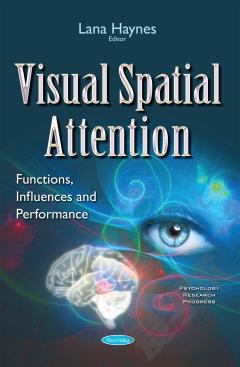


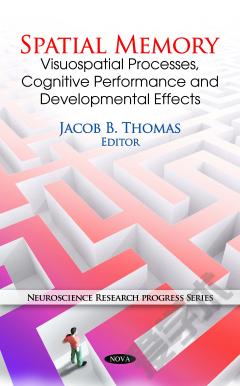
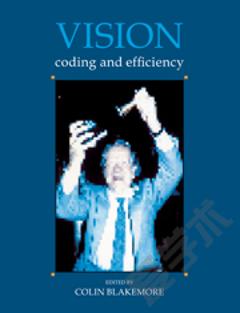
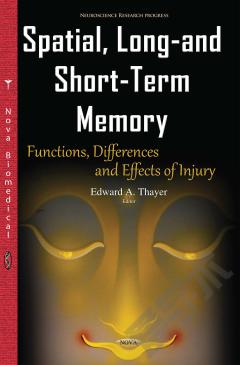
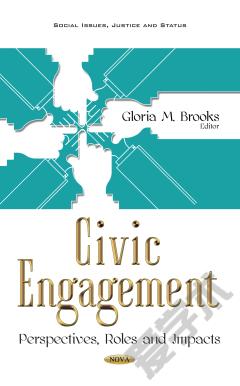

 京公网安备 11010802027623号
京公网安备 11010802027623号